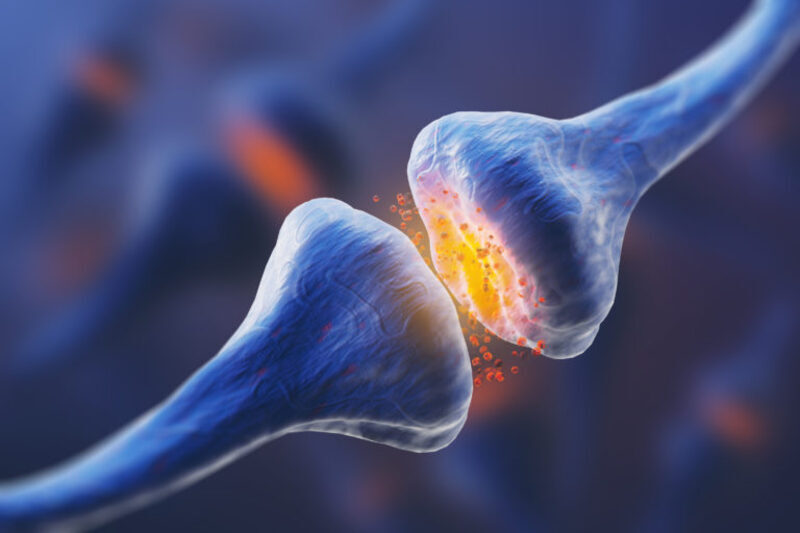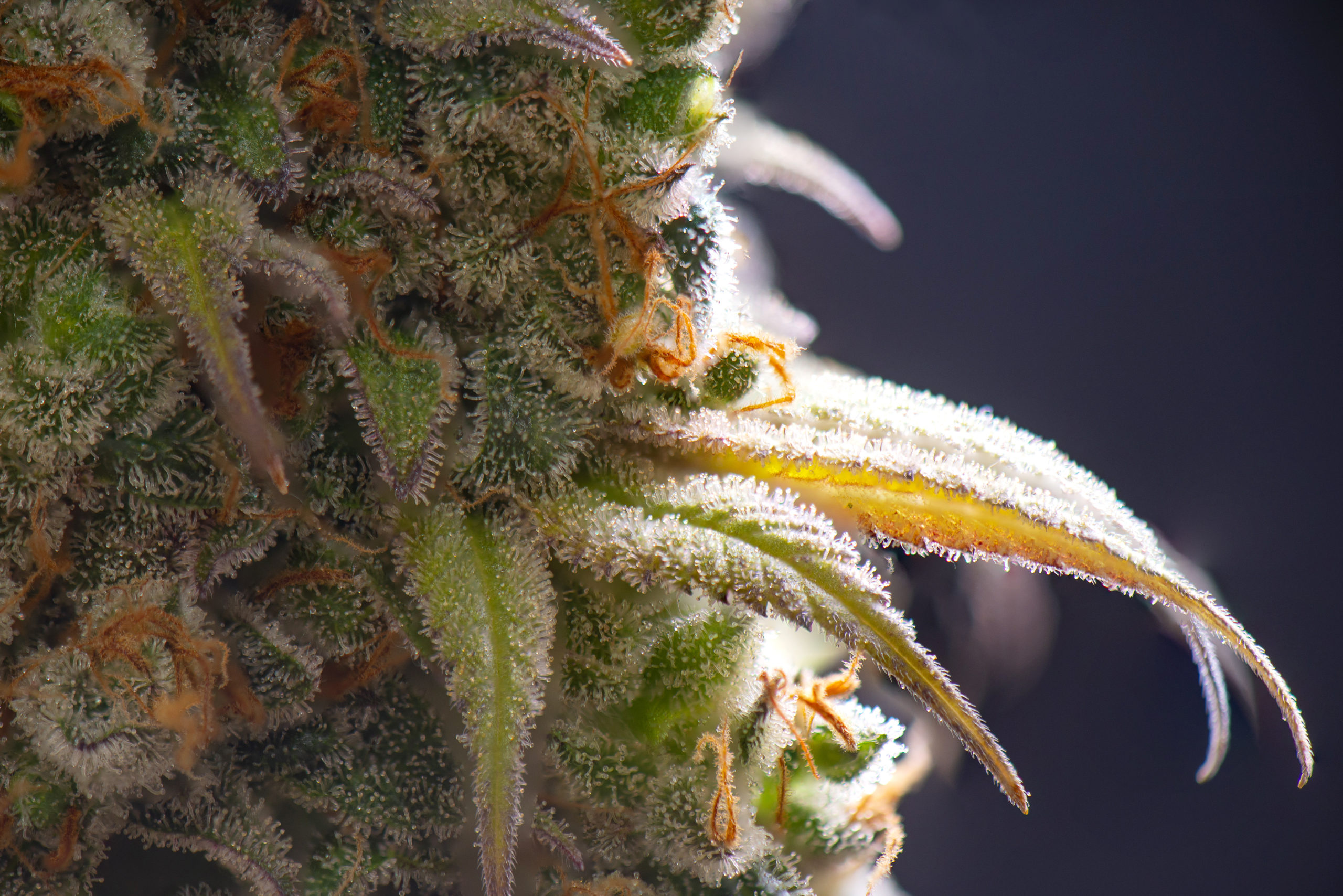-
- Market Research
- |
- CBD Near Me
- |
- Giveaways
- |
- Newsletter
- |
- Contact
- |
- Advertise
- |

The evidence is mounting for cannabidiol (CBD) as an effective treatment for managing and preventing migraine. A study conducted in Europe during the summer of 2017 concluded that CBD was more effective against migraines than pharmaceutical medication, and the potential side effects were fewer and less severe. This conclusion shows that CBD is a viable treatment, offering new hope to the millions of people who struggle with managing and preventing migraines.
An Overview of Migraine
The third most prevalent illness in the world, migraine affects 1 billion people worldwide, according to the Migraine Research Foundation.
In the US, 39 million people suffer from migraines, and about 28 million are women.
The disease causes 113 million missed workdays annually, resulting in an economic loss of $13 billion.
Migraine is also severely undertreated.
Only 500 national headache specialists are available for the millions affected.

Migraine Symptoms
Migraine is not merely a bad headache; instead, it is a neurological disease.
Symptoms usually last from four to 72 hours, including:
- Throbbing, recurring pain often on one side of the head
- Nausea and vomiting
- Dizziness
- Hypersensitivity to light, sounds, touch, and smell
- Visual disturbances called an aura
Women are at the highest risk of developing the disease, as they make up a staggering 85 percent of migraine sufferers.
Nearly 1 in 4 women will experience migraine at some point in their life.
About 1 in 10 children will also experience migraine.
Children have a 50 percent chance of inheriting migraine if one parent has the disease.
If both parents have migraine, children have a 75 percent chance of inheriting migraine.
The disease is most common between the ages of 25 and 55.
Contrary to popular thought, universal migraine triggers do not exist; however, many people experience similar triggers.
Some of these include lifestyle triggers such as a change in sleeping pattern or diet, exercise, and stress.
Environmental triggers include smells, lights, smoke, motion sickness, sunlight, humidity, and temperature.
Hormones, overuse of migraine medication, or side effects from medication can also trigger migraines.
What Causes Migraines?

The pathophysiology (the process of a disease or illness) of migraine is not fully understood; however, research has revealed several contributing factors to its onset.
Essentially, migraine is triggered by abnormal neurological activity in the brain.
Migraine is considered to begin when a wave of excited neurons results in cortical spreading depression (CSD), which is characterized by a visual disturbance called an aura.
CSD is the beginning of a migraine, and pain follows.
Excessive glutamate (a neurotransmitter) is the most likely cause of CSD.
Another factor is the trigeminovascular nerve system, which starts at the base of the head and has connections throughout the head, face, and brain.
This nerve system becomes overactivated and releases chemicals that cause inflammation.
This inflammation is likely another source of pain.
Overactivation of the system may also dilate blood vessels on the surface of the brain, causing constriction and yet another pain point.
Nitric oxide (NO), a free radical, seems to be the cause of overactivation in the trigeminovascular system.
As the migraine progresses, central sensitization occurs (a state of hyperactivity in the nervous system), leading to an effect known as cutaneous allodynia.
Allodynia is when sufferers are hypersensitive to any touch or sound to the point that gentle touches or noises can be painful.
The cause of these events in migraine is unknown.
The best theory is that neurons become unusually excited as a result of magnesium deficiency, mitochondrial dysfunction, or abnormal calcium channels.
Past research shows CBD may be capable of remedying each of these issues.
Forms of Migraine
Two forms of migraine exist: episodic and chronic.
Most migraine sufferers are episodic, only experiencing a migraine once or twice a month.
However, often due to medication overuse, episodic migraine can develop into chronic daily migraine where patients have migraines at least 15 times a month.
Chronic migraine affects more than four million people.
Migraine Medication
Migraine patients take two types of medication: acute and preventative.
Acute treatment attempts to end migraines when they occur, while preventative treatment manages symptoms and attempts to prevent migraines from triggering.
Medication cannot cure migraine.
Additionally, few medications exist specifically for migraine, so patients are often prescribed off-label treatments.
Side effects of migraine medication include:
- Dizziness
- Nausea
- Fatigue
- Depression
- Kidney damage
- Stomach ulcers
- Heart attack
As a result of migraine prevalence and the limited treatment options specifically for migraine, the need for novel therapies and research is paramount.
Thankfully, CBD is a promising treatment, and the research behind it is growing.
Studies Illustrate CBD’s Effectiveness Against Migraine
Before it became illegal in the 1930s and research was halted, people often used cannabis for headaches and migraines.
Doctors and scientists performed lots of studies and clinical trials on the plant’s effectiveness during that time.
This past research laid the foundation for current studies, and CBD is now one of the most promising alternative therapies for migraine.
The following studies show how effectively CBD can treat migraine.
Italian Study Finds CBD-THC Combination Just as Effective as Medication for Migraine Prevention

In a study presented at the European Academy of Neurology in 2017, Italian researchers set out to find out how useful a CBD/THC combination would be as a preventative and acute treatment.
The first phase determined at what dosage CBD was effective in 48 patients.
Researchers started with a 10mg dosage and eventually found a significant drop in acute pain (55%) at an oral dosage of 200mg.
In the second phase, which lasted three months, 79 migraine patients either received the 25mg pharmaceutical amitriptyline (a commonly prescribed medication for migraine) or the 200mg CBD/THC treatment.
They were both used as preventative and acute treatments.
Another 48 cluster headache patients took both treatments.
As a preventative, the CBD/THC combination lowered migraine attacks by 40.4%.
The cannabinoids were slightly better than amitriptyline, which lowered attacks by 40.1%.
As an analgesic, CBD reduced migraine pain severity by 43.5%, which was considered significantly effective.
The same results were observed in the cluster headache patients, but only in those who had experienced migraine in childhood.
Lead researcher Dr. Maria Nicolodi said, “We were able to demonstrate that cannabinoids are an alternative to established treatments in migraine prevention. That said, they are only suited for use in the acute treatment of cluster headaches in patients with a history of migraine from childhood on.”
The study also concluded that CBD’s only side effects were drowsiness and difficulty concentrating, indicating it may be safer than medication drugs.
Medical Marijuana Decreases Migraine Frequency in Adults
Another study by the University of Colorado Anschutz Medical Campus Skaggs School of Pharmacy and Pharmaceutical Sciences focused on CBD’s ability to reduce monthly migraines.
Migraines decreased by an average of 10.4 to 4.6 per month.
CBD was found to not only reduce migraine frequency but also end migraines during an attack.
Inhaling CBD was the most effective form of treatment for patients and resulted in aborted migraines.
The only side effect was drowsiness.
CBD Reduces Inflammation and Neuropathic Pain by Targeting Glycine Receptors
A study led by the Laboratory for Integrative Neuroscience at the National Institute on Alcohol Abuse and Alcoholism attempted to find if CBD could reduce inflammation and neuropathic pain (two characteristics of migraines) by targeting the glycine receptors on the spines of mice.
The study concluded that CBD could potentiate (increase the effect of) the glycine receptors, reducing inflammation and neuropathic pain.
How CBD Treats Migraine
| STUDY | FINDINGS |
| CBD inhibits cortical spreading depression | CBD suppresses the production of glutamate, which consequently prevents cortical spreading depression. |
| CBD prevents hyperactivation of neurons | CBD decreases oxidation, a cause of hyperactivation in neurons that leads to the start of a migraine. |
| CBD eases pain | CBD can reduce hypersensitivity to pain by activating endocannabinoid receptors. |
CBD can treat migraine by activating and interacting with receptors in the endocannabinoid system.
The endocannabinoid system is the body’s natural way of creating cannabinoids.
CBD is a phytocannabinoid, coming from the cannabis plant.
When CBD interacts with the system’s receptors, it can inhibit cortical spreading depression (the neurological event which starts migraines), prevent overactivation of nerve cells, and reduce pain.
CBD Can Inhibit Cortical Spreading Depression
Cortical spreading depression (CSD) creates auras and is the event which triggers a migraine.
It is thought to be caused by excessive glutamate.
Glutamate is a neurotransmitter, sending signals between neurons.
When there is too much glutamate, neurons become hyperactive and can cause CSD.
CBD is known to suppress the expression of glutamate.
To do so, CBD activates specific endocannabinoid receptors that inhibit glutamate from producing its effects.
By preventing glutamate expression, CSD can be prevented, making CBD a potential preventative treatment for migraine.
CBD Prevents Hyperactivation of Neurons

Nitrogen oxide (NO) induces hyperactive nerves and dilates blood vessels in the trigeminovascular system, triggering migraines and causing potential pain.
NO is a free radical and becomes excessive due to oxidative stress caused by oxidation.
Anandamide is an endocannabinoid that inhibits the effects of NO, such as preventing dilation of blood vessels on the brain.
CBD helps raise and maintain anandamide levels by suppressing the enzyme which breaks down anandamide.
This action allows anandamide to inhibit NO’s effects longer.
CBD is also an antioxidant.
As an antioxidant, CBD prevents the excess production of free radicals in the body, like NO.
These effects of CBD reduce pain, decrease inflammation, and may play a role in preventing migraines.
CBD as an Analgesic
After CSD, central sensitization occurs, and cutaneous allodynia follows.
Patients become especially sensitive to touch and sounds, experiencing severe pain.
However, CBD can negate the cutaneous effect by activating the endocannabinoid receptors.
When activated, the receptors inhibit the pain signals, relieving hypersensitivity.
Activating glycine receptors on the spine can also relieve pain since nerves in the spine can influence nerves in the brainstem.
When cannabinoids activate glycine receptors on the spine, they can produce anti-inflammatory and analgesic effects in the brain.
CBD Gives Migraine Sufferers a Chance at a Normal Life
Migraine is one of the most debilitating illnesses in the entire world, virtually incapacitating those with the disease for hours at a time.
Between limited medications dedicated to migraine and only a handful of specialists in existence, too few people are receiving the help they need.
All these factors call for more research on migraine and the discovery of potential therapies.
Fortunately, researchers such as Dr. Maria Nicolodi and her team are bringing alternative therapies like CBD into the picture.
Dr. Nicolodi’s study, along with research from other institutions, reinvigorates the lost faith in a plant that has successfully helped headaches and migraines for centuries.
Backed by promising research and possessing fewer, less severe side effects than pharmaceutical medications, CBD could be the treatment many have been waiting for to help them treat migraine.
Have you used CBD for treating migraines or other headache-like illnesses? Let us know about your experience in the comments!
Disclaimer: The content on this site is for informational purposes only. We are not medical experts and nothing should be construed as medical advice. Be sure to speak with your physician before taking CBD or any other treatment.







